The most favorable time for making fertilizers to the soil is autumn and spring. With properly complied with technology, you can achieve good results in the form of a rich harvest. When there is no way to apply organic fertilizers use more natural. In agriculture, they are called "Siderats", or green fertilizers.
Functions of green fertilizers
Green fertilizers seem to seemingly conventional plants that quickly germinate improve the structure of the soil saturated with nitrogen and various trace elements. It is worth noting that nitrogen from the Siderats is much better absorbed by vegetables and cereals than from mineral fertilizers.
During its germination, the plant-Siderats do not absorb useful components from the soil, and vice versa - in the soil nutrients and oxygen. Green fertilizers help gardeners fight with obsessive weeds. In addition, they also prevent plant diseases. Bean and cereal sites in large quantities contain nutrients that significantly improve the growth of vegetable and cereal crops. Such sites protect plants from the effects of chemicals in water and in the air, prevent erosion, displace weeds and destroy pests. Flowering sites are of interest in insects, pollinating plants.
Benefits of Sideratov
The benefits of siturates can be attributed to the following:
- The cheapness of this fertilizer method. When using Siderates, the bait of plants occurs naturally.
- Do not need to care, they rapidly germinate.
- The roots of the Siderates penetrate far deep into the soil and enrich it with minerals.
- Thanks to the thick intercess from the green fertilizers there is no chance of weeds. In addition, it allows the soil longer to keep moisture.
- In the autumn period, the Siderats protect the soil from the rain erosions, and in winter they retain heat and moisture in the ground.
- In summer, such fertilizers protect plants and land from sunlight, overheating and drying.
- Well break the soil and protect it from erosion.
Types of Sideratov
Green fertilizers include more than 300 species of cultures, among them:
- Legumes (lentils, clover, vika, alfalfa, lupine, beans, soy)
Beans are a good source of nitrogen and resistant to frozen. Together with bean fertilizers, peas and Vica are introduced into the soil. The latter supplies the soil with oxygen and organic substances. The wiki falls at the autumn time immediately after harvesting together with rye or wheat.
Field peas creates a thick green cover on the soil. Sustainable frost.
Due to the growing white cloveer, the soil is enriched with potassium. Clover - Siderat, which is growing rapidly, withstands frost, but not suitable for acidic soils. Calculate clover can also be in spring and summer. In June, the red clover sighs, the soil must be well moistened. Lupine - Siderate, which gardeners are used in several kinds: yellow, blue and white. This annual plant gives excellent results on the soils with sand and clay, but losing their properties on too clay soils. Perennial lupins adapt to any soils, not freeze in winter. Lupine Siderate in its nutritional properties is similar to manure.
Lucerne from the Bob family is a perennial plant that enriches the soil with organic substances. Nitrogen and phosphorus are also obtained from alfalfa soil. In the soil alfalfa is introduced in the spring.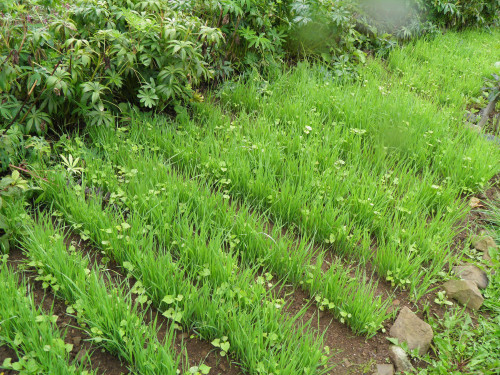
- Buckwheat (buckwheat).
This group refers buckwheat, which rapidly germinates and nourishes the soil components of potassium and phosphorus. Suitable for soil with great density. Move into the ground will come in late autumn, and sow buckwheat seeds - in the spring. - Cabbage (mustard, rape).
Mustard, like a ciderat, quickly accepted, boils and creates a thick green bush. Feats the soil with gray and phosphorus. Sideratov seeds mustard can be sought at any time of the year between the main crops. Mustard protects plants from pests of wires.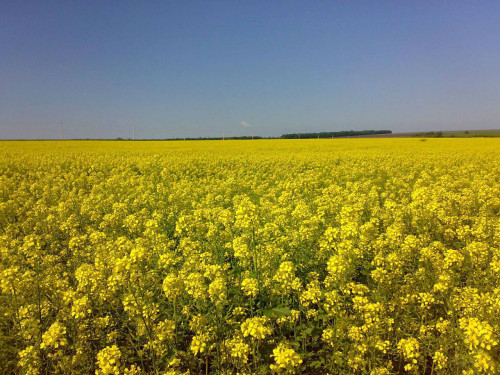
A family of cabbage green fertilizers is rape, which concentrates phosphorus and sulfur elements in the soil. In acidic soils, it grows poorly, not suitable for sandy and raw soils. Raps of spring cultures are sown in early August. It is necessary to close them in the soil before flowering. Winter rapes are sown in autumn, but with a large frost in winter such oats can freeze.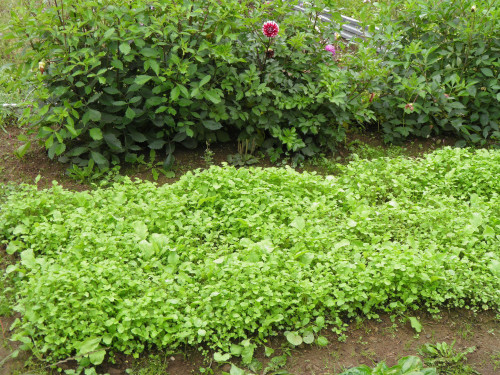
- Grass (Oats, Rye).
Kalia enriches the soil soil. Together with him also apply Vika and peas. Seed seeds in spring, and close up plants in the ground before the bootonization.
Rye, like a seder, well improves the physical properties of the soil. The disadvantage of this fertilizer is a strong drying effect on the soil, so rye is recommended to be used on moistened soils. You can sow this fertilizer as in the fall and early spring. - Cruciferous (oil radish).
Mulberry radish, like a ciderat, is suitable for sowing in any climatic zones. It is also suitable for all soils. Rapidly germinates, develops a branched root system and thick foliage. This green fertilizer prevents the occurrence of a worm-nematode. Seeds are planted in the period from June and until the end of August. And in the late autumn, seedlings are introduced into the soil.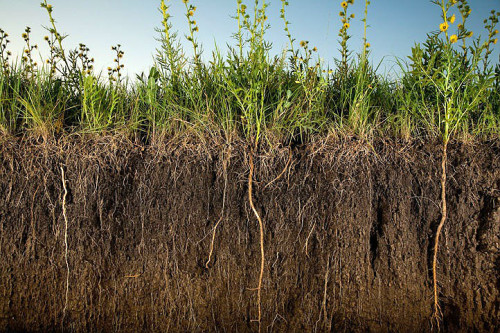
- Hydrophila (Facelium).
Quickly germinates and creates a thick foliage. Facelia, like Siderat, is a good honey, resistant to heat and frost. The foliage and stems of green fertilizer are quickly decomposed in the soil, being a good source of nitrogen.
Agriculture Rules
Plants Siderats, which are designed to introduce into empty soil without major crops, form a thick green mass on the surface. Protect the soil from drying the wind, flushing with rains and keeps all vitamins for plants in the upper soil plants. Green part of the Sideratov is not recommended to be bought into the soil. It must be trimmed and distributed on the garden, performing mulching. In this form, they will protect the soil from drying out and excess moisture, creating acceptable conditions for the life of worms. Over time, the Siderats are overloaded and will begin to allocate nutrients into the soil.
An important condition for growing green fertilizers is their timely mowing. It is impossible to form education in seeds, otherwise they will subsequently become weeds.
Rules sowing Sideratov
- siderates seedlings are brought between rows of vegetable and decorative cultures;
- as an early culture in the ranks of long plants, such as Pasternak and onion;
- during the offseason;
- siderates are sewn for a whole year.
The time when it is necessary to sow siturates is determined depending on the purposes that green fertilizers must perform. Sideral plants need to sit in early spring before planting seedlings and in autumn time after harvesting vegetables or colors.
Green fertilizers should be periodically changed so that the soil is constantly updated with new nutrients. It is not desirable to constantly use one type of seedrates, you need to change fertilizers.
When seedling seedrates germinates, the tops must be cut and lay out on the ground to start the rotation process. Drop the land after fertilizers can not, as Mineralization of humus can occur. The minimum soil treatment after cutting fertilizer's tops is performed on a depth of 6 cm.
The process of growing siderates consists of several stages:
- sow sites into the soil;
- grow
- cut off the top and distribute on the bed;
- treat the Earth shallow and in acute necessity;
- sow vegetable or grain culture;
- collect the harvest and get sideways again.
Sowing spring
It is necessary to start growing sites in the spring for 3 weeks before sowing of basic cultures. Vegetable seedlings can be planted, without cutting the tops of green fertilizers. In the wells filled with a compartment settled seedlings, and from frosts, young seedlings will protect the tops of the Siderats. After 12 days, fertilizers must be cut and leave on a garden for mulching. Mustard and salad, like Siderats, are suitable for the preparation of the soil under cabbage, cucumbers and tomatoes. Green fertilizers do not burst with the root, and leave on the ground.
Sowing in the summer
For several warm months you can land the sitting seeds several times to enrich the soil with nutrient components. In May, you can land Facelius, Vika - in June, in July radish, and mustard in August. Thus, you can restore the soil per season.
Sowing autumn
The landing period is the end of August - October. When the harvest is assembled - it's time to sow siturates. For this, seey rye or oats. For the winter they will go under the snow, overload and prepare the soil to the spring landing of major crops. Before planting autumn sites, it is necessary that the ground is moisturized.
To increase the soil fertility, the use of Siderators is an excellent solution. When choosing a green fertilizer, it is necessary to take into account their biological properties, characteristics of the soil and the rules for processing each culture.

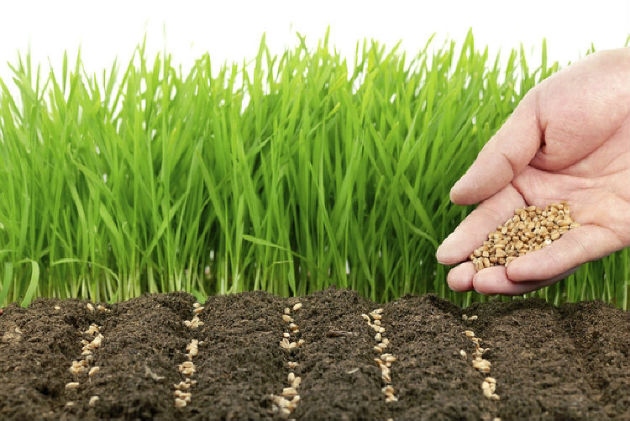
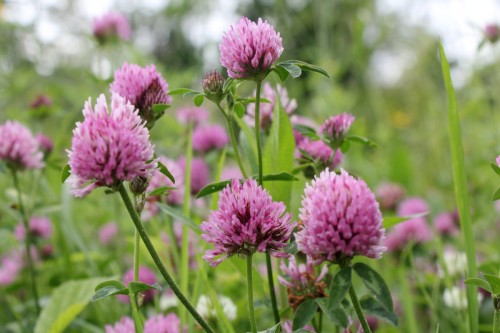
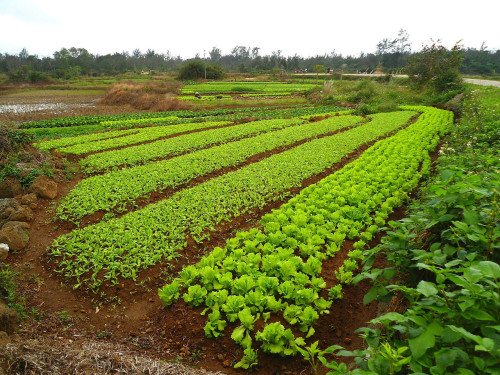
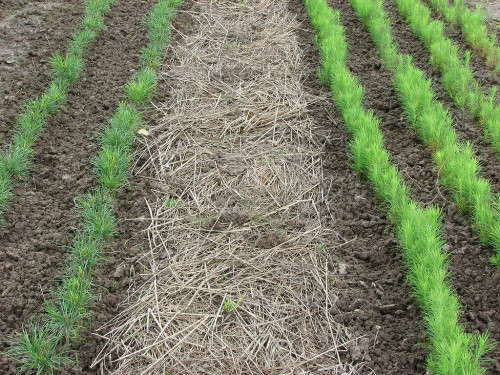
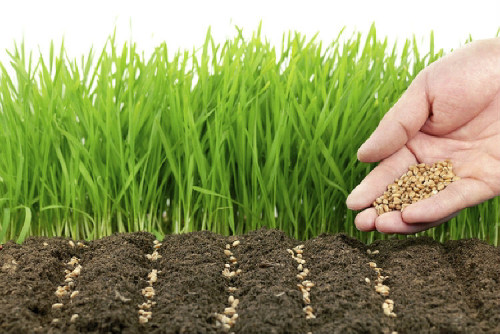
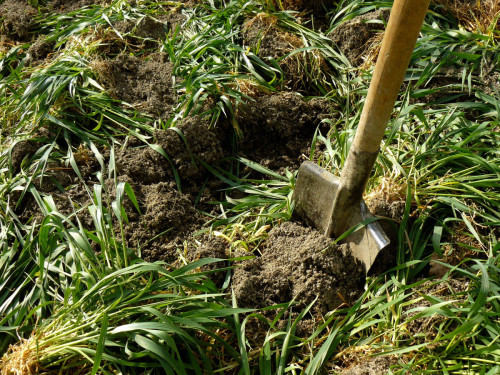
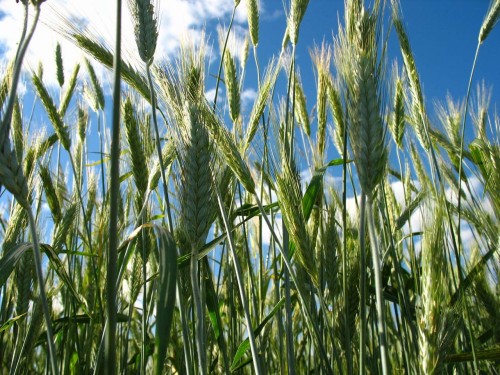












 Start a discussion ...
Start a discussion ...